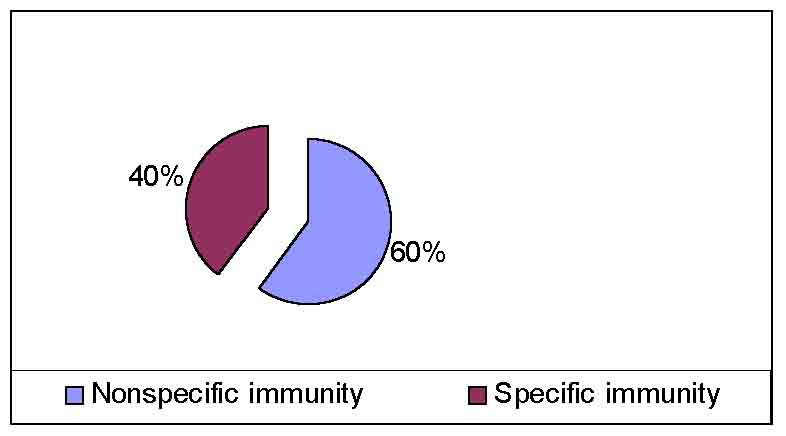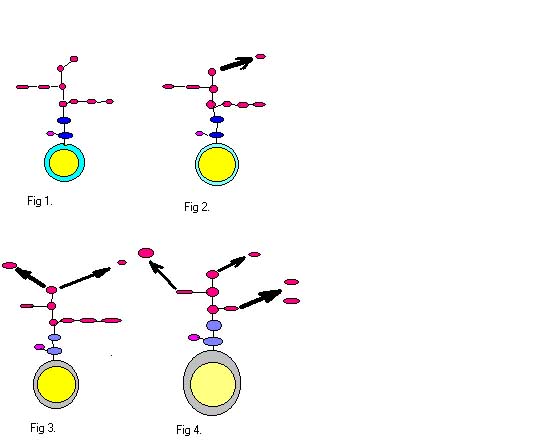
| Ig G | Ig A | Ig M | Ig D | Ig E | |
| The contents of the carbohydrates in a molecule of immunoglobulin, %1 | 2,9 | 7,5 | 11,8 | - | 10,7 |
| Concentration of immunoglobulin, g/100 mL1 | 0,6-1,7 | 0,14-0,42 | 0,05 - 0,19 | 0,003 - 0,04 | 0,00001 - 0,00014 |
| The half-life1 | 23 | 5,8 | 5,1 | 2,8 | 2,5 |
| Speed of synthesis, mg/kg of weight / day1 | 33 | 24 | 6,7 | 0,4 | 0,016 |
| Quantity synthesized of the immunoglobulin for one day with weight 70 kg, mg | 2310 | 1680 | 469 | 28 | 1 |
| Requirement of sugars for synthesis of the immunoglobulin, mg | 67,0 | 126,0 | 55,3 | - | 0,1 |
| Requirement of human organism with weight 70 kg in the mannose and fucose for synthesis of immunoglobulin, mg | 21,7 | 40,9 | 17,9 | - | 0,03 |
